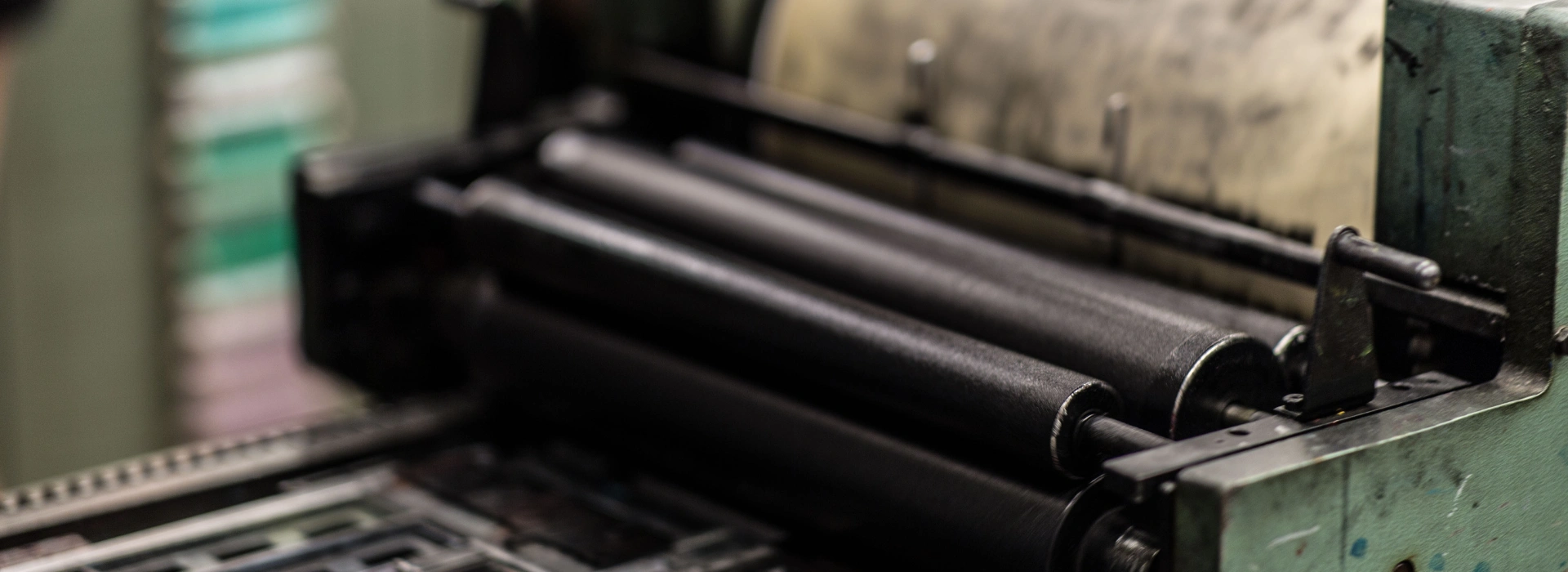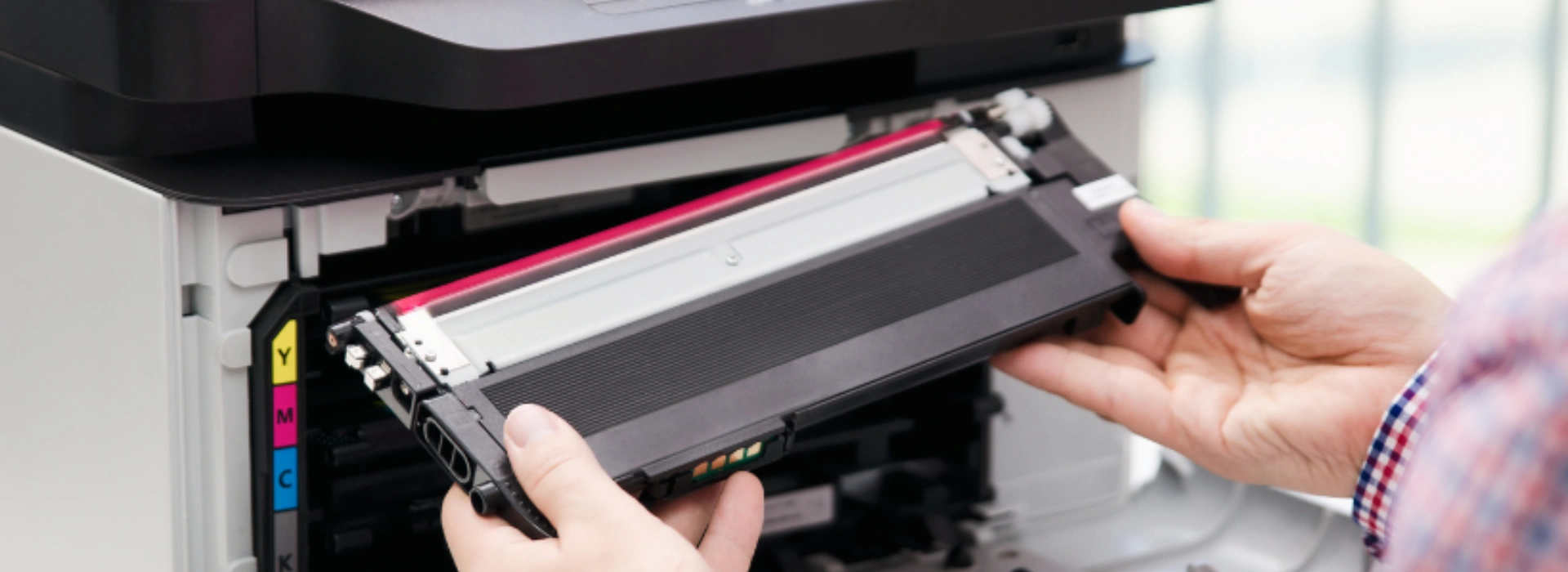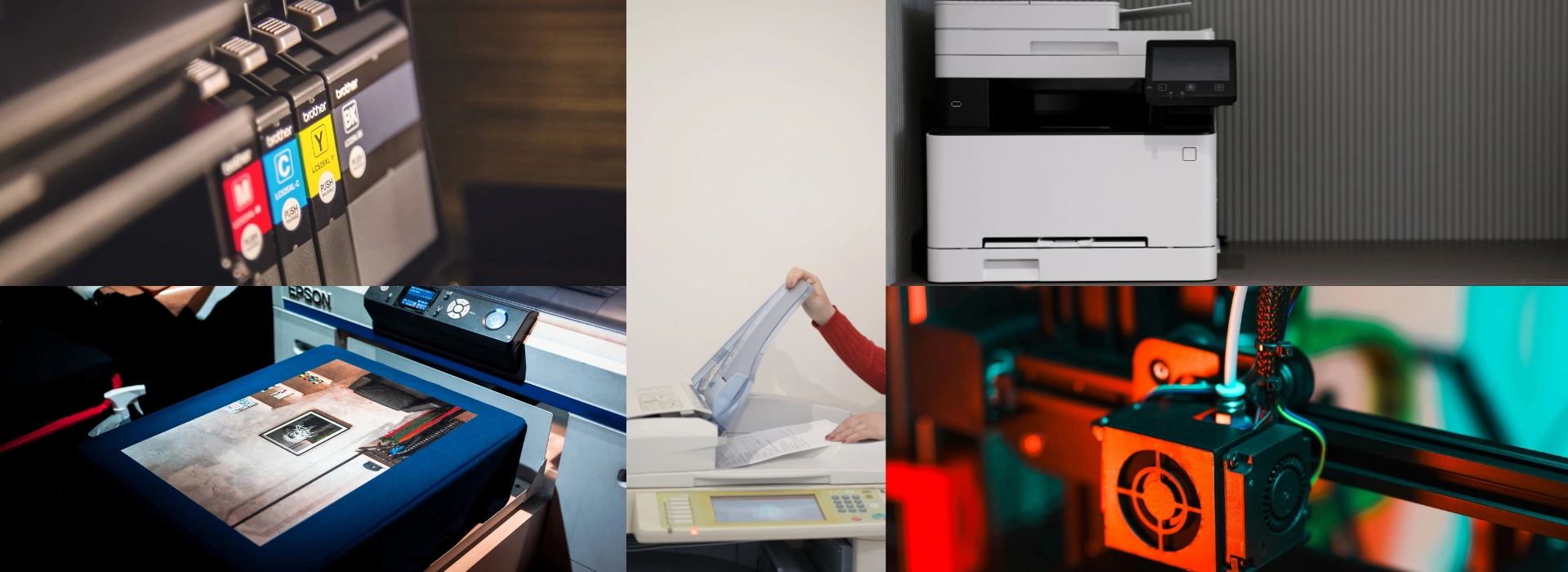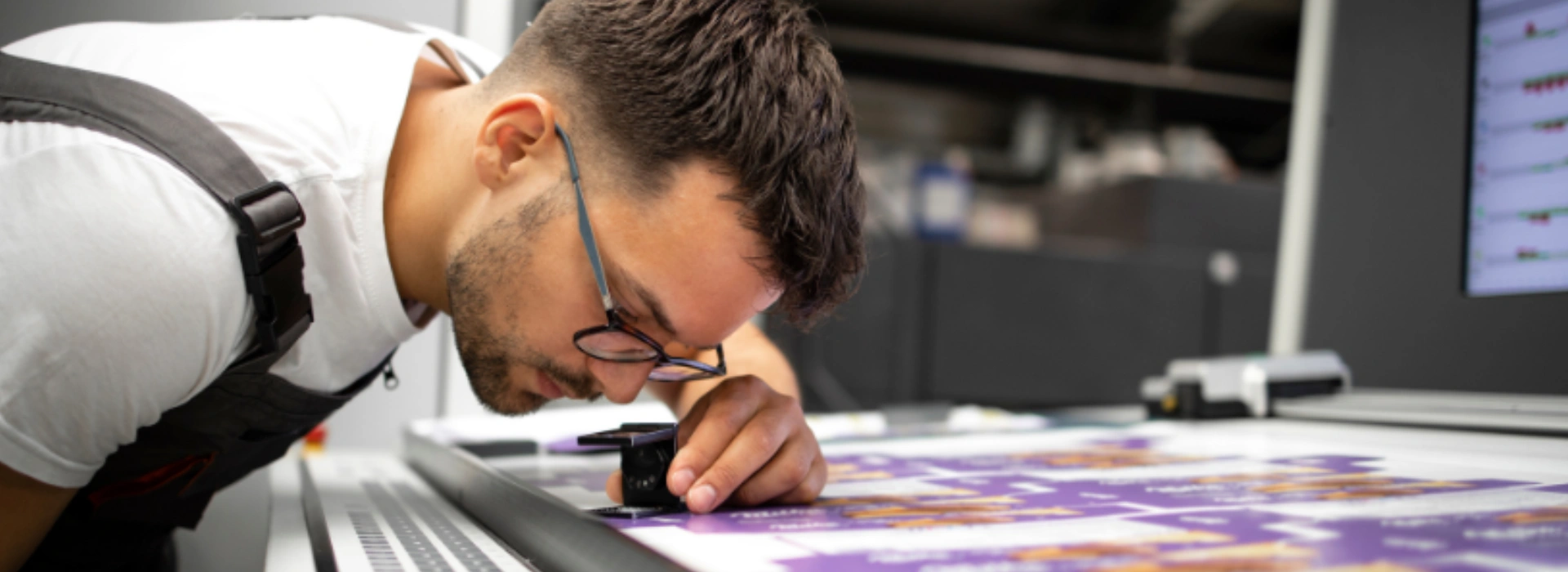History of Printers
1. Early Beginnings
The idea of printing originated with Johannes Gutenberg’s movable type press in the 15th century, which laid the groundwork for mass communication. However, electronic printing took form centuries later. In the 1950s, the first computer printers emerged—such as line printers and drum printers—designed for mainframes to print business reports and logs in bulk. These early machines were large, noisy, and used continuous feed paper.
2. Electromechanical Era
By the 1960s and 70s, daisy wheel printers were introduced, mimicking typewriter-style printing with better clarity. These were followed by dot matrix printers that created images using closely spaced pins striking an ink ribbon. Dot matrix was a game-changer due to its lower cost and ability to print graphics, though with limited quality.
3. Laser and Inkjet Revolution
The late 1970s and 1980s saw the arrival of laser and inkjet printers. Xerox developed the first laser printer, offering crisp, fast, high-volume printing for offices. Around the same time, inkjet printers entered the consumer market, providing affordable color printing for homes. HP’s DeskJet and Canon’s Bubble Jet models became household names. These advancements marked the transition of printers from business-only tools to everyday home accessories.
4. Rise of Multifunction and Wireless Printing
In the 1990s and early 2000s, printers evolved into multifunction devices (MFPs) that combined printing, scanning, copying, and faxing. USB ports replaced parallel ports, and soon Wi-Fi-enabled printers allowed users to print from laptops, phones, and even cloud storage. This era also focused on compact design, energy efficiency, and user-friendly interfaces.
5. Emergence of 3D Printing
One of the most groundbreaking developments has been 3D printing. Unlike traditional printers, 3D printers build objects layer by layer using materials like plastic, resin, or metal. Originally used for prototyping in industries, 3D printing has expanded into education, healthcare (e.g., prosthetics), and even home hobbyist use, opening new dimensions in digital fabrication.

How to Setup a Printer
1. Unpack & Prepare the Printer
Carefully open the printer box and take out the device along with all its accessories. Remove all plastic wraps, protective tapes, and safety packaging from both the outside and inside of the printer. Check that you have received all components — including ink/toner cartridges, power cord, installation guide, and USB cables (if applicable). Place the printer on a level surface in a dust-free, well-ventilated area near a power outlet.
2. Connect to Power and Insert Cartridges
Plug the printer into a wall socket and power it on. Allow the printer to initialize — most modern printers will prompt initial setup on their display panel. Open the cartridge access door and install the ink or toner cartridges into their correct slots. Ensure cartridges click into place and are recognized by the printer.
3. Load Paper into the Tray
Slide out the input paper tray (or access the rear feed, depending on the model). Adjust the paper guides to fit your paper size. Load plain A4 or letter-size sheets, aligning them properly to prevent jamming. Push the tray back in gently.
4. Connect to Computer or Network
Depending on your printer type, you can:
- USB Setup: Connect the printer directly to your PC or laptop via USB cable. Ideal for single-user use.
- Wi-Fi Setup: Use the printer’s control panel to connect to your wireless network (SSID and password required).
- Ethernet: For office printers, connect via a network cable to your router for stable, shared access.
5. Install Printer Drivers and Software
Download the latest drivers from the printer manufacturer’s website — it ensures compatibility with your operating system. Some printers also come with installation CDs, but online drivers are often more up to date. Follow the on-screen prompts to finish setup, and allow the printer to be detected and installed.
6. Align, Calibrate & Test Print
After driver installation, the printer may prompt you to align cartridges or run a calibration. Follow any instructions on the screen. Finally, print a test page to verify print quality, color accuracy, and connectivity.

Types of Printers
1. Inkjet Printers
Inkjet printers spray tiny droplets of ink directly onto paper. They’re favored for their ability to produce vibrant, high-resolution prints—especially photos. They’re cost-effective upfront and compact in size, but the ink can be costly over time. Ideal for home users, students, and casual photo printing.
2. Laser Printers
Laser printers use static electricity and powdered toner to create sharp, smudge-free prints at high speeds. Common in offices, they are ideal for large-volume text printing. Though more expensive initially, they offer lower operating costs and faster performance over time. Available in monochrome or color models.
3. LED Printers
LED printers are similar to laser printers but use an array of light-emitting diodes instead of a laser beam. This results in fewer moving parts, often making them more compact and reliable. They're used in office environments for their consistent output and durability.
4. All-in-One (AIO) Printers
AIO printers integrate multiple functions: printing, scanning, copying, and sometimes faxing. These are perfect for home offices or small businesses seeking an affordable multitasking solution. Available in both inkjet and laser formats, many also offer Wi-Fi and mobile printing support.
5. Photo Printers
Designed specifically for printing photographs, photo printers offer extremely high color accuracy and print resolution. They use special photo inks and paper and are popular among professional photographers and artists. Some models support direct printing from cameras or memory cards.
6. Dot Matrix Printers
Dot matrix printers use a print head that strikes an ink-soaked ribbon to form characters out of dots. Though noisy and lower in print quality, they’re still used in industrial and POS systems due to their reliability in printing multipart forms (like invoices and receipts).
7. 3D Printers
3D printers create solid objects by depositing material (usually thermoplastic filament) layer by layer according to digital models. These printers are used across industries—automotive, education, architecture, and healthcare—for rapid prototyping, modeling, and even custom tools and parts.

Fix Printer Related Issues
1. Paper Jams
Paper jams occur when sheets are fed incorrectly or rollers pull multiple pages at once. Open all access panels and slowly remove the jammed paper, ensuring nothing is torn or left inside. Clean the rollers using a soft cloth and ensure paper guides are properly adjusted to avoid future misfeeds.
2. Printer Not Printing
Ensure the printer is turned on and connected properly. Set it as the default printer on your system. Check the print queue for stalled jobs and restart both your printer and computer. For wireless printers, verify Wi-Fi connectivity and IP address consistency in printer settings.
3. Blurry or Faded Prints
Blurry or faded prints can be caused by clogged nozzles, low-quality paper, or low ink/toner. Use the printer's cleaning utility to clean the print heads. Make sure to use compatible, high-grade paper, and check ink or toner levels regularly.
4. Driver or Software Errors
If your computer fails to recognize the printer or shows errors, uninstall and reinstall the latest drivers from the manufacturer’s official website. Ensure OS compatibility. You can also use the built-in troubleshooter on Windows or macOS to detect and resolve common driver issues.
5. Connectivity Problems
For USB printers, try a different port or cable. For network printers, restart your router and printer. Reconnect the printer to the network manually if necessary. Assigning a static IP can help avoid frequent disconnections, especially in office environments.
6. Slow Printing Speed
If printing is unusually slow, switch the print quality from “High” to “Standard” in settings. Check for outdated firmware or overloaded print queues. Avoid printing large graphics unless necessary. A RAM upgrade (for some models) can also improve speed.
7. Printer Showing as Offline
If the printer appears offline, check its status on the computer. Try restarting the printer and the PC. On Windows, right-click the printer and uncheck "Use Printer Offline" if selected. Ensure the printer and PC are on the same network if using Wi-Fi.

Need Help? We’re Here for You
If you’re facing persistent printer problems, our support team is available to assist you.
Live Chat & Phone Support
Talk to a technician 24/7 via chat or call. Fast help for all printer models and errors.
Call: +1 (888) 614-8290Email Us
Send details of your issue and receive a resolution within 12 hours. Don’t forget to include your printer model.
Email SupportQuick FAQs
- How to install printer drivers on Windows/Mac?
- Why won’t my printer connect via USB?
- Fixing Wi-Fi connection errors.

